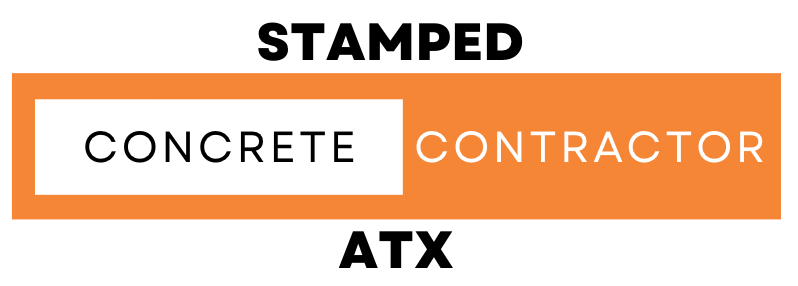24 Hour Plumber Near Me – Georgetown, TX
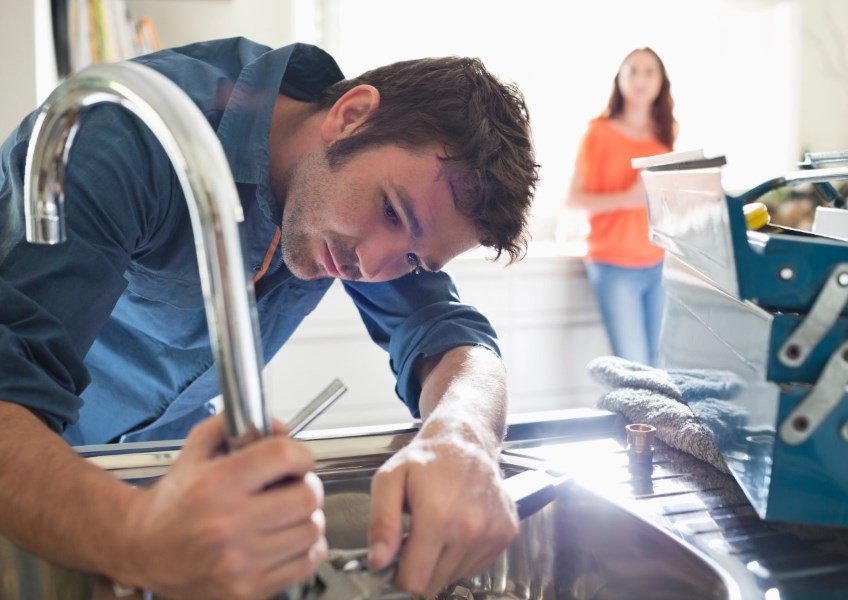
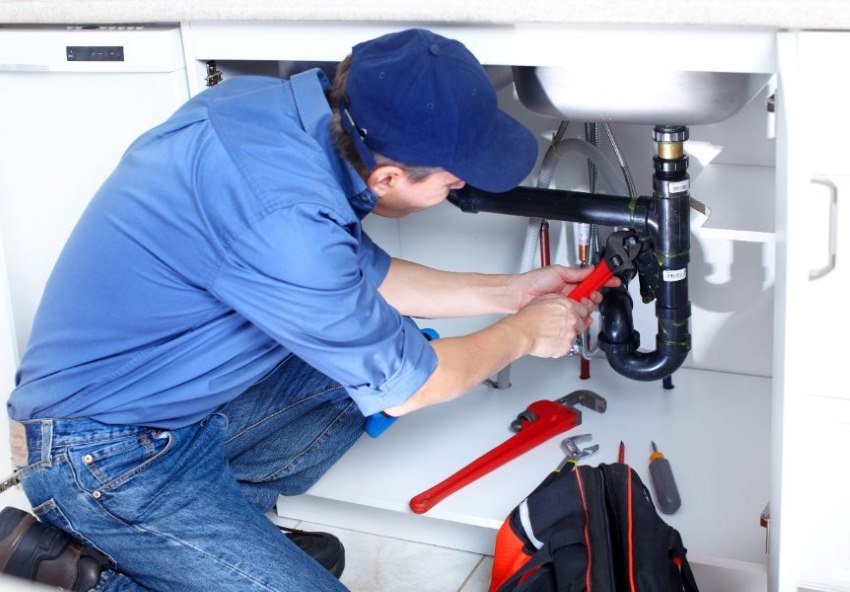
CALL FOR A FREE ESTIMATE
Crisis Communication Strategies for 24-Hour Plumbing Companies
In emergency situations, effective communication is essential for 24-hour plumbing companies to build trust, reassure customers, and manage expectations. Here are key strategies for implementing crisis communication effectively:
1. Proactive Communication Channels:
– Establish multiple channels for communication, including phone hotlines, email, website chat support, and social media platforms.
– Ensure these channels are staffed and monitored 24/7 to provide timely responses to customer inquiries and emergency calls.
2. Clear and Transparent Messaging:
– Provide clear and concise information about the nature of the emergency, expected response times, and steps customers can take while awaiting assistance.
– Be transparent about any challenges or delays, and communicate realistic timelines for resolution to manage customer expectations.
3. Empathetic and Reassuring Tone:
– Adopt an empathetic tone in all communications, acknowledging the stress and inconvenience that customers may be experiencing.
– Offer reassurance and empathy, demonstrating understanding and compassion for the urgency of the situation.
4. Regular Updates and Status Reports:
– Provide regular updates to customers throughout the duration of the emergency, even if there is no significant change in status.
– Keep customers informed about progress, any changes in the situation, and estimated timeframes for resolution.
5. Multi-Channel Alerts and Notifications:
– Utilize automated alerts and notifications to keep customers informed about their service requests.
– Send updates via SMS, email, or automated voice calls to ensure customers are aware of any developments in real-time.
6. Empowerment and Self-Service Options:
– Offer self-service options for customers to check the status of their service requests, schedule appointments, or obtain DIY troubleshooting tips.
– Provide resources such as FAQs, troubleshooting guides, and instructional videos to empower customers to address minor issues independently.
7. Coordination with Field Teams:
– Ensure seamless coordination between customer service representatives and field technicians to facilitate efficient response and resolution.
– Implement communication tools and protocols to enable real-time updates and information sharing between teams.
8. Customer Feedback and Satisfaction Surveys:
– Solicit feedback from customers after the resolution of the emergency to assess their satisfaction with the service provided.
– Use customer surveys and feedback mechanisms to identify areas for improvement and make necessary adjustments to crisis communication strategies.
9. Training and Preparedness:
– Provide training to customer service representatives and field technicians on effective crisis communication techniques and protocols.
– Conduct regular drills and simulations to prepare staff for handling emergency situations and communicating with customers under pressure.
10. Post-Emergency Follow-Up:
– Follow up with customers after the emergency has been resolved to ensure their satisfaction and address any remaining concerns.
– Express gratitude for their patience and understanding during the crisis, reinforcing the plumbing company‘s commitment to customer service and satisfaction.
By implementing these crisis communication strategies, 24-hour plumbing companies can build trust, maintain transparency, and effectively manage customer relationships during emergency situations. This not only enhances customer satisfaction but also strengthens the reputation and credibility of the company in the long run.
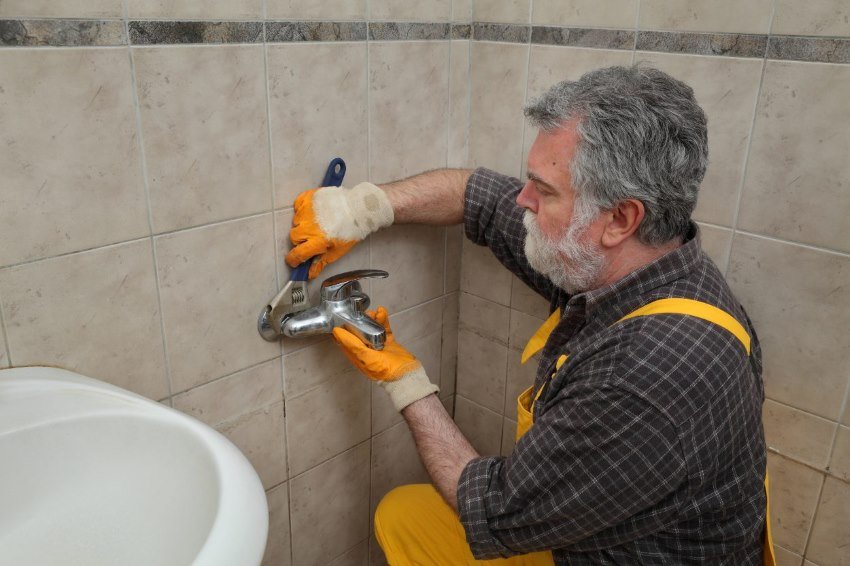
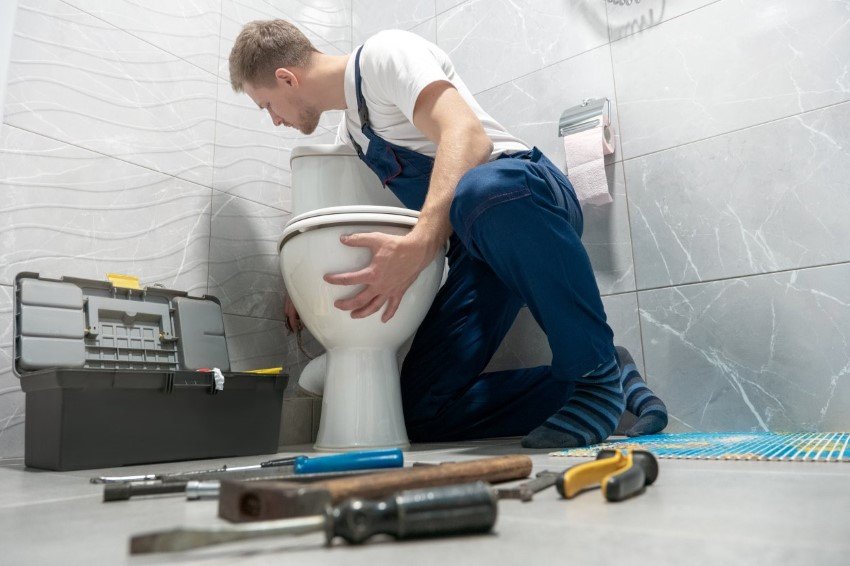
Emergency Plumbing Insurance Coverage: Understanding Policies and Benefits
Emergency plumbing situations can result in unexpected expenses for homeowners. Understanding insurance coverage related to plumbing emergencies is crucial for mitigating financial risks. Here’s a comprehensive guide to understanding policies and benefits:
1. Policy Inclusions:
– Review your homeowner’s insurance policy to understand what plumbing-related incidents are covered. Typically, sudden and accidental water damage caused by burst pipes, overflowing toilets, or leaking appliances may be covered.
– Some policies may also cover the cost of water heater repair or replacing damaged plumbing fixtures, such as sinks and faucets.
2. Exclusions and Limitations:
– Be aware of any exclusions or limitations in your insurance policy related to plumbing emergencies. Common exclusions may include gradual water damage, maintenance-related issues, or pre-existing plumbing problems.
– There may also be limitations on coverage amounts or deductibles that apply to plumbing-related claims.
3. Additional Coverage Options:
– Consider purchasing additional coverage or endorsements to your homeowner’s insurance policy for specific plumbing-related risks.
– Optional coverage options may include service line coverage for repairing or replacing damaged water or sewer lines, or equipment breakdown coverage for mechanical failures of plumbing systems and appliances.
4. Claim Process:
– Familiarize yourself with the claims process outlined by your insurance company. In the event of a plumbing emergency, contact your insurance provider as soon as possible to report the incident and initiate the claims process.
– Provide detailed information about the nature of the emergency, including photos or documentation of the damage, to support your claim.
5. Emergency Response Coverage:
– Some insurance policies may offer coverage for emergency response services provided by licensed plumbers near me to mitigate further damage and prevent additional losses.
– Verify whether your policy includes coverage for emergency plumbing services, such as water extraction, drying, or temporary repairs.
6. Coverage Limits and Sublimits:
– Review the coverage limits and sublimits specified in your insurance policy to understand the maximum amount of coverage available for plumbing-related claims.
– Sublimits may apply to specific categories of damages, such as mold remediation or loss of use, so be aware of any restrictions on coverage amounts.
7. Preventive Measures and Maintenance:
– Take proactive steps to prevent plumbing emergencies and maintain your plumbing systems in good condition. Regular inspections, maintenance, and repairs can help minimize the risk of costly water damage and insurance claims.
– Some insurance companies may offer discounts or incentives for homeowners who invest in preventive measures, such as installing leak detection devices or upgrading plumbing systems.
8. Policy Renewal and Review:
– Periodically review and update your homeowner’s insurance policy to ensure it provides adequate coverage for your needs, including plumbing-related risks.
– As your circumstances change or your property ages, consider reassessing your insurance coverage and adjusting your policy accordingly to ensure comprehensive protection.
9. Consultation with Insurance Agent:
– If you have questions or concerns about your insurance coverage for plumbing emergencies, consult with your insurance agent or broker for personalized guidance and recommendations.
– Your agent can help you understand the terms of your policy, clarify coverage options, and explore opportunities to enhance your protection against plumbing-related risks.
10. Documentation and Record-Keeping:
– Keep thorough records of all correspondence, documentation, and receipts related to plumbing emergencies and insurance claims.
– Document the steps taken to mitigate damage, communicate with insurance representatives, and obtain estimates for repairs or replacements to support your claim.
By understanding the nuances of your insurance coverage for plumbing emergencies and taking proactive measures to protect your home, you can minimize financial losses and ensure prompt resolution in the event of an unforeseen plumbing incident.
Innovative Tools and Technologies for Emergency Plumbing
Innovations in technology are revolutionizing the way emergency plumbing situations are detected, diagnosed, and resolved. Here are some cutting-edge tools and technologies that local plumbers are incorporating into their operations:
1. Leak Detection Drones:
– Drone technology equipped with thermal imaging and moisture detection sensors can quickly locate hidden leaks in walls, ceilings, or underground pipes.
– Leak detection drones provide a bird’s-eye view of the area, enabling plumbers close to me to identify leaks with precision and without invasive measures.
2. Acoustic Listening Devices:
– Advanced acoustic listening devices utilize sound amplification and filtering technology to detect the sound of water leaks through walls, floors, or underground pipes.
– Plumbers use these devices to pinpoint the exact location of leaks, even in challenging environments with high ambient noise.
3. Smart Leak Detection Systems:
– Smart leak detection systems utilize sensors and connectivity to monitor water flow, pressure, and temperature in real-time.
– These systems can detect abnormal patterns or fluctuations indicative of leaks and send alerts to homeowners or plumbing companies for immediate action.
4. Pipe Inspection Cameras:
– High-definition pipe inspection cameras equipped with LED lighting and flexible cables allow plumbers to visually inspect the interior of pipes and drains.
– These cameras capture detailed images and video footage, enabling accurate assessment of pipe condition, blockages, or damage.
5. Trenchless Repair Technologies:
– Trenchless repair methods, such as pipe lining and pipe bursting, minimize disruption and excavation by repairing or replacing underground pipes without digging.
– Plumbers use specialized equipment and techniques to rehabilitate damaged pipes or install new ones with minimal disturbance to the surrounding area.
6. Robotic Pipe Inspection and Repair:
– Robotic devices equipped with cameras, sensors, and manipulator arms can navigate inside pipes to inspect, clean, and repair them.
– These robots are capable of performing tasks such as removing debris, descaling pipes, and applying coatings or sealants to repair leaks or corrosion.
7. Hydro Jetting Systems:
– Hydro jetting systems utilize high-pressure water jets to clear blockages, roots, and debris from sewer lines and drains.
– These systems deliver powerful cleaning action without the need for harsh chemicals or mechanical augers, restoring flow and functionality to plumbing systems.
8. Remote Monitoring and Control Systems:
– Remote monitoring and control systems enable plumbers to remotely monitor and adjust plumbing systems from a centralized dashboard.
– These systems provide real-time insights into water usage, pressure, and temperature, allowing for proactive maintenance and troubleshooting.
9. Water Leak Shut-Off Valves:
– Automatic water leak shut-off valves are equipped with sensors that detect leaks and automatically shut off the water supply to prevent further damage.
– These valves can be integrated with smart home systems or monitored remotely, giving homeowners peace of mind and protection against water-related emergencies.
10. Augmented Reality (AR) and Virtual Reality (VR) Training:
– AR and VR technology provide immersive training experiences for plumbers, allowing them to simulate emergency scenarios and practice diagnostic and repair techniques in a virtual environment.
– Plumbers can enhance their skills and proficiency in handling emergency situations without the need for real-world experimentation or risk.
By leveraging these innovative tools and technologies, 24-hour plumbing companies can enhance their capabilities, improve efficiency, and deliver superior service to customers during emergency situations. These advancements not only streamline the diagnosis and resolution of plumbing issues but also contribute to cost savings, reduced downtime, and increased customer satisfaction.
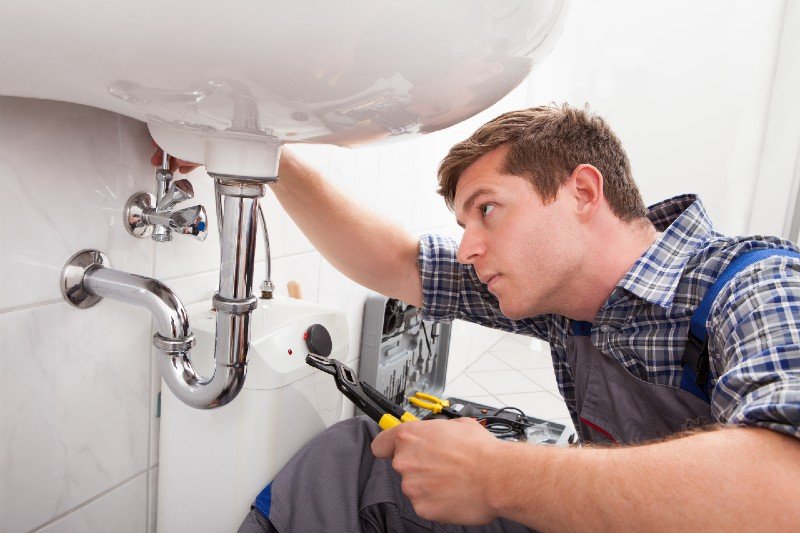
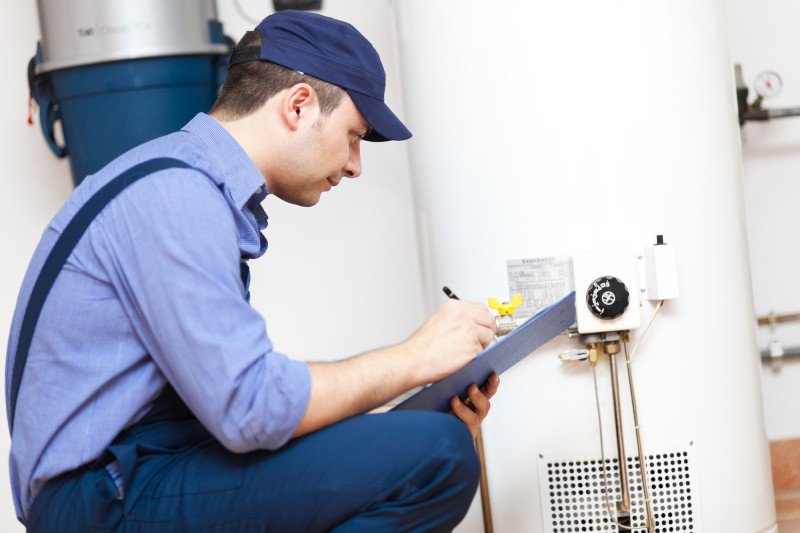
The Role of Technology in Emergency Plumbing Response: From Remote Diagnostics to Real-Time Tracking
In today’s digital age, technology plays a pivotal role in enhancing the efficiency, effectiveness, and responsiveness of emergency plumbing services. Here’s how technology is transforming emergency plumbing response:
1. Remote Diagnostics:
– Advanced diagnostic tools and sensors enable plumbers to remotely assess plumbing issues before arriving at the scene.
– Internet-connected devices, such as smart leak detectors and pressure sensors, provide real-time data on water flow, pressure, and temperature, allowing plumbers to diagnose problems remotely and prepare accordingly.
2. Mobile Apps and Dispatching Systems:
– Mobile applications and dispatching systems streamline communication and coordination between dispatchers, plumbers, and customers.
– Plumbers receive service requests, job details, and navigation assistance through mobile apps, enabling them to respond promptly to emergency calls and optimize route planning.
3. GPS Tracking and Fleet Management:
– GPS tracking technology allows plumbing companies to monitor the location and status of their vehicles in real-time.
– Dispatchers can identify the nearest available plumber to respond to emergency calls, optimize dispatching routes, and provide accurate estimated arrival times to customers.
4. Augmented Reality (AR) and Virtual Reality (VR):
– AR and VR technology provide plumbers with immersive training and troubleshooting experiences.
– Plumbers can use AR applications to overlay digital information onto physical environments, such as schematics, equipment manuals, or diagnostic data, enhancing their ability to diagnose and resolve complex plumbing issues quickly.
5. Remote Assistance and Video Conferencing:
– Plumbers can leverage video conferencing tools and remote assistance platforms to troubleshoot problems with customers in real-time.
– Through live video feeds, plumbers can visually inspect plumbing systems, guide customers through troubleshooting steps, and provide expert advice without the need for an on-site visit.
6. IoT-enabled Devices and Smart Home Integration:
– Internet of Things (IoT) devices and smart home technology allow homeowners to monitor and control their plumbing systems remotely.
– Smart water leak detectors, shut-off valves, and water heaters can alert homeowners to potential issues and automatically take corrective actions to prevent damage.
7. Predictive Analytics and Maintenance:
– Predictive analytics algorithms analyze historical data and usage patterns to anticipate potential plumbing problems before they occur.
– By identifying early warning signs of equipment failure or deteriorating pipe conditions, plumbers can proactively schedule maintenance or repairs, minimizing the risk of emergencies.
8. Data-driven Decision Making:
– Data analytics tools collect and analyze operational data to identify trends, optimize workflows, and improve decision-making.
– Plumbing companies can leverage insights from data analytics to allocate resources more effectively, prioritize emergency response efforts, and enhance overall service quality.
9. Cloud-Based Management Systems:
– Cloud-based management systems centralize data storage, streamline workflow management, and facilitate collaboration among team members.
– Plumbers can access customer information, service history, and job details from any location, ensuring seamless communication and continuity of service.
10. Blockchain Technology for Transparency and Accountability:
– Blockchain technology provides a secure and transparent platform for recording and verifying transactions, contracts, and service agreements.
– Smart contracts executed on blockchain networks can automate payment processing, verify service completion, and maintain a transparent audit trail of all interactions between plumbers and customers.
By harnessing the power of technology, emergency plumbing services can deliver faster response times, more accurate diagnostics, and higher-quality service to customers in their time of need. These technological advancements not only improve operational efficiency but also enhance customer satisfaction and loyalty, positioning plumbing companies for long-term success in a competitive marketplace.
Schedule A Free Estimate
Reach Us
Stamped Concrete Contractor ATX
Austin TX
(512) 877-2721
